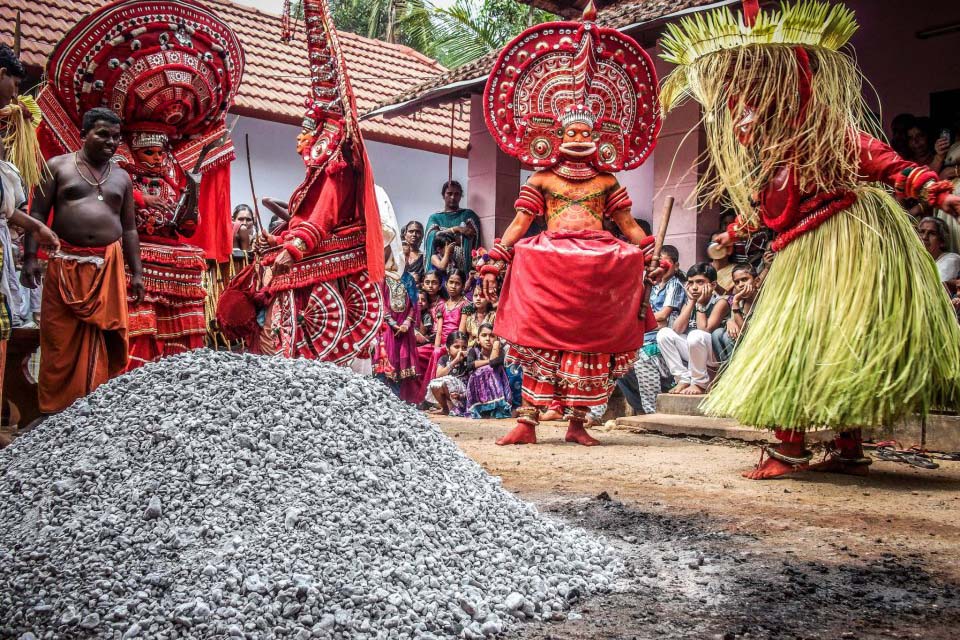Ramayana Masam in Kerala is observed
in the Malayalam month of Karkkidakam (July – August). In this month,
the Epic Ramayana is read in traditional Hindu houses and in temples dedicated
to Lord Vishnu.
The Karkidakam month is the last
month in the Malayalam calendar and is referred as ‘panja masam’ or the month of
scarcity. The monsoon is at its peak in this month; and during olden days
majority of the people who depended on agriculture will be confined at home due
to heavy rain.
To ward off nature’s fury people
used to read the Ramayana
Throughout this month
After lighting the evening lamp, people sit
before nilavilakku (traditional Kerala lamp) and recite the malayalam version of Ramayan,
Adhyatma Ramayanam Kilippattu written by Thunchath Ezhuthachan. Reciting begins
on the first day of the month and read in such a way that the story is completed by
last day of the month ..In 2013, the Ramayana Masam begins on July 17 and ends on August 16.
The
story
of Lord Rama is both a spellbinding adventure and a work of profound
philosophy. It is a beautiful and uplifting tale of romance and high
adventure, Depicting the saga of Rama, a great king of ancient India.
Rama, the prince of
Ayodhya and his beautiful wife Sita was send in exile as a result of his
step-mother, Dasharatha’s second wife, Kaikeyi's evil plot, so that her
own son
Bharata, to become king.
Rama, along with, Sita, and faithful brother
Lakshmana, is exiled to the forest for fourteen years, where Sita is kidnapped
by the powerful demon Ravana, the ten-headed ruler of Lanka. Along with his
brother Lakshmana and a fantastic army of Super natural monkeys Rama set out to
find his beloved Sita. They attack Ravana’s army, and after a fierce battle,
succeed in killing the demon king and freeing Sita, reuniting her with Rama.
.
http://www.sheelapadmanabhan.com/
.
.




